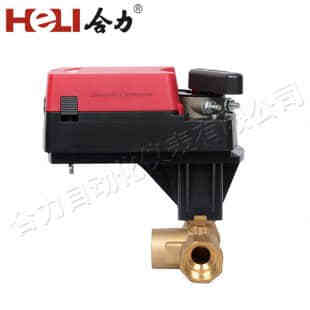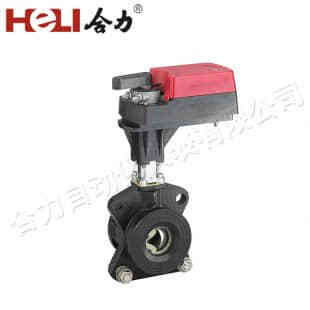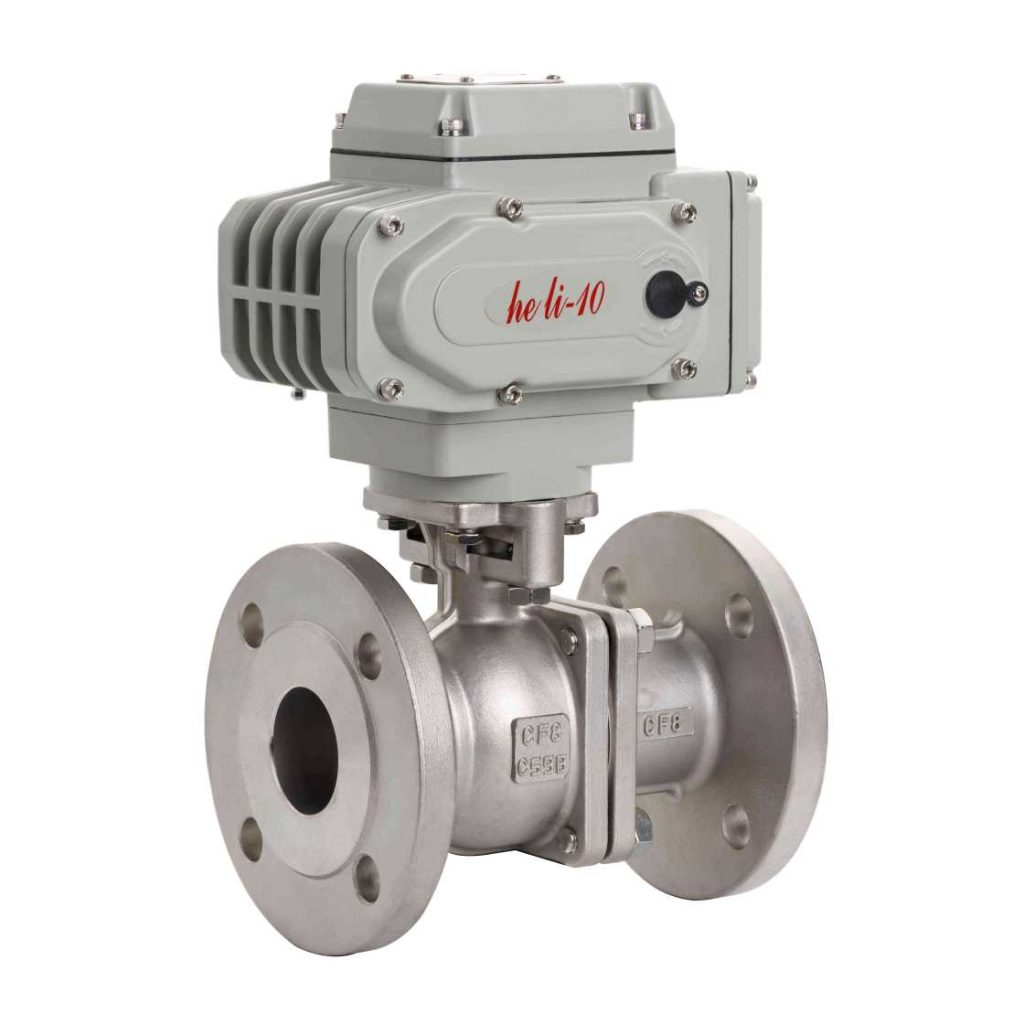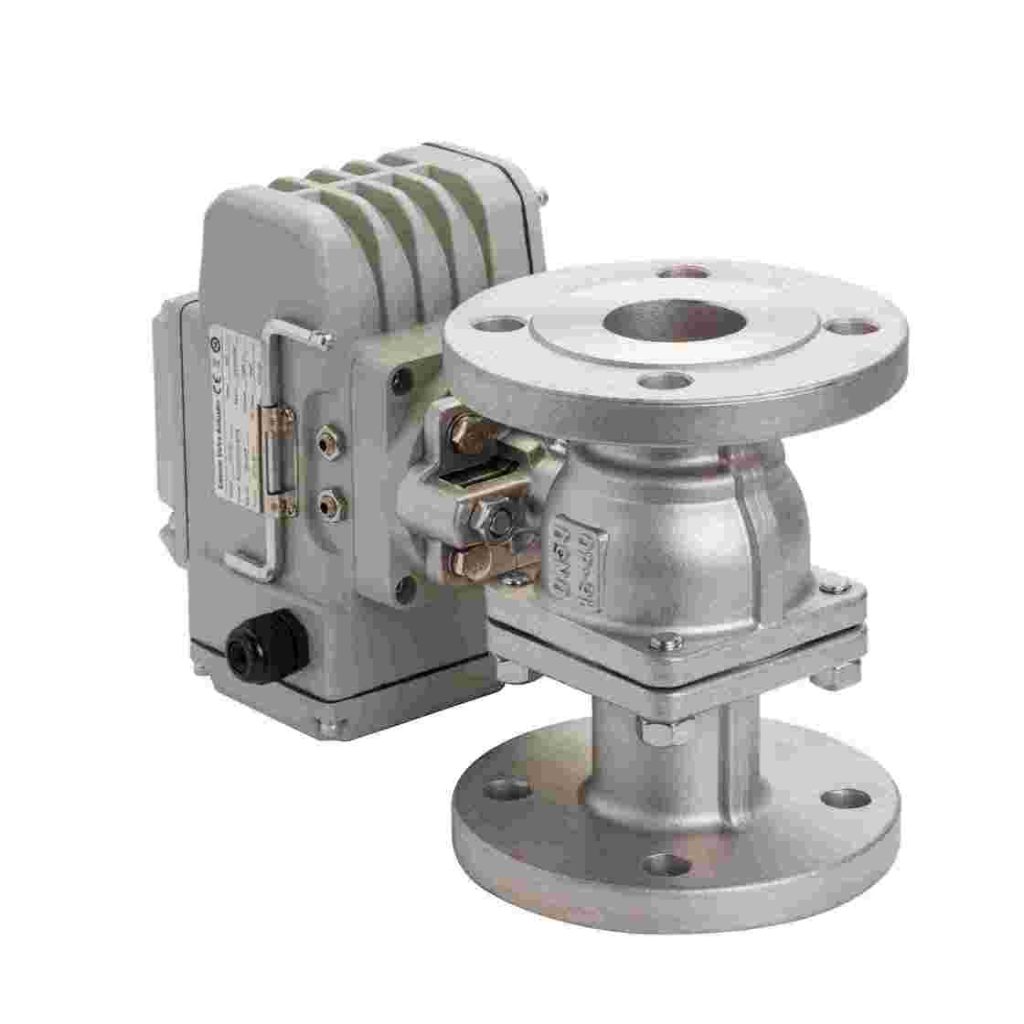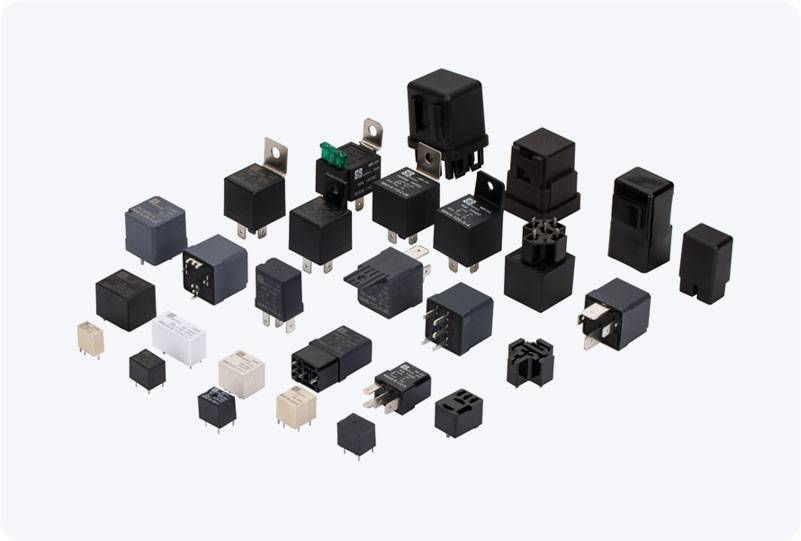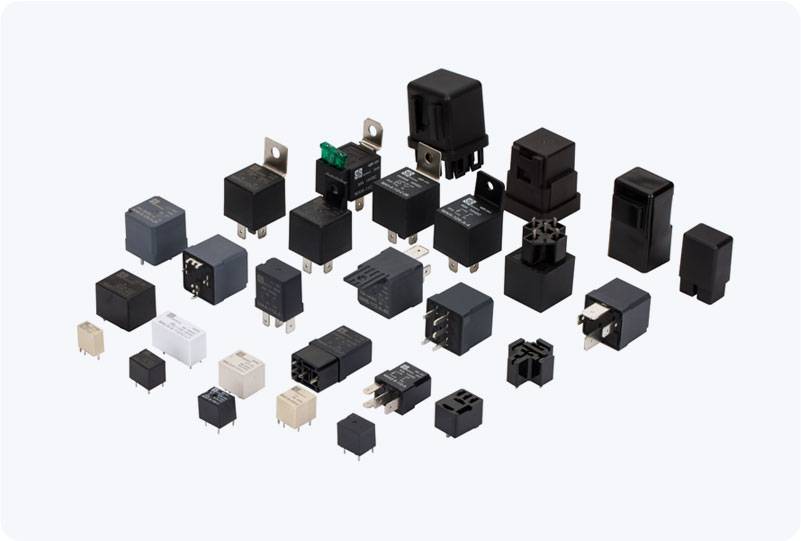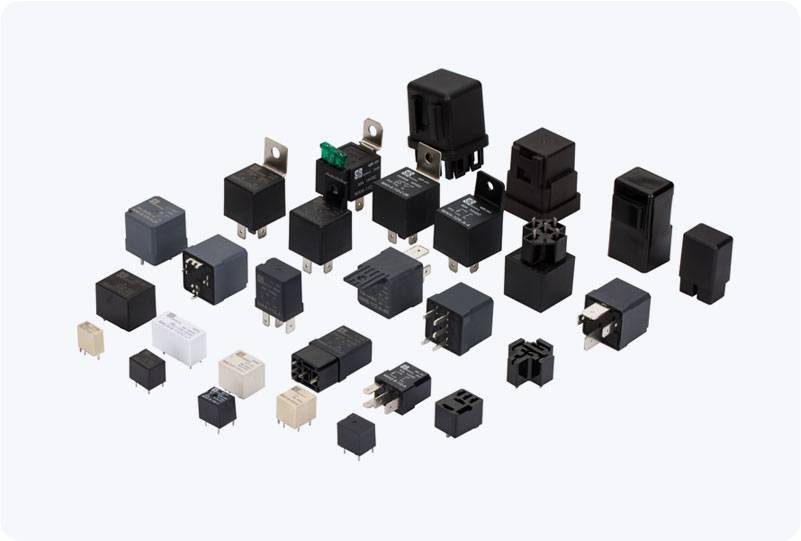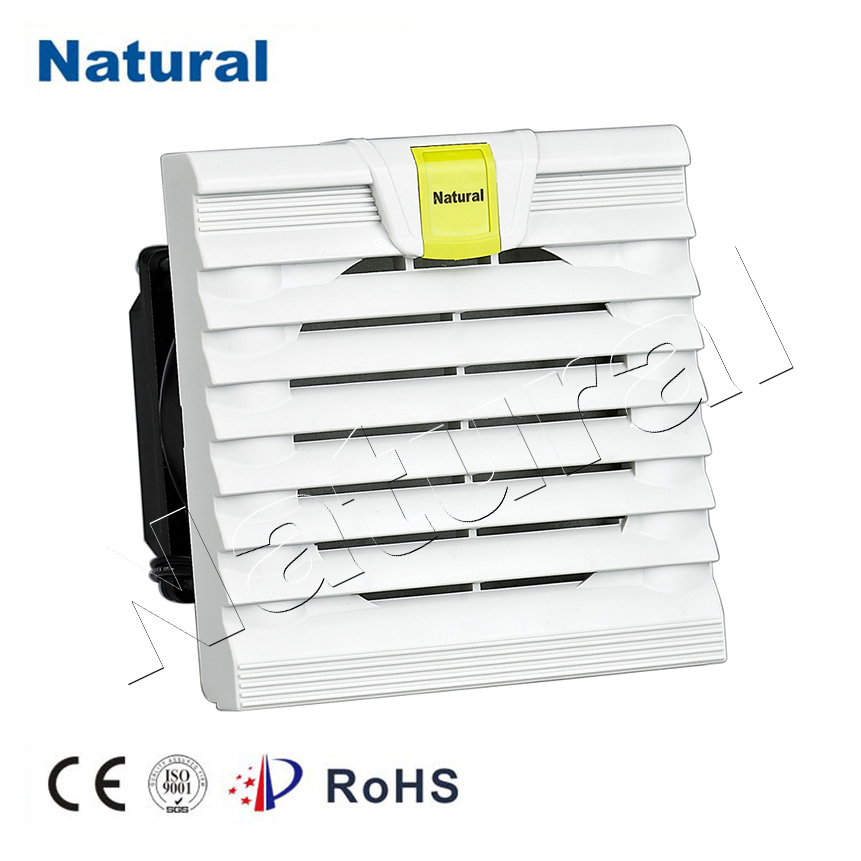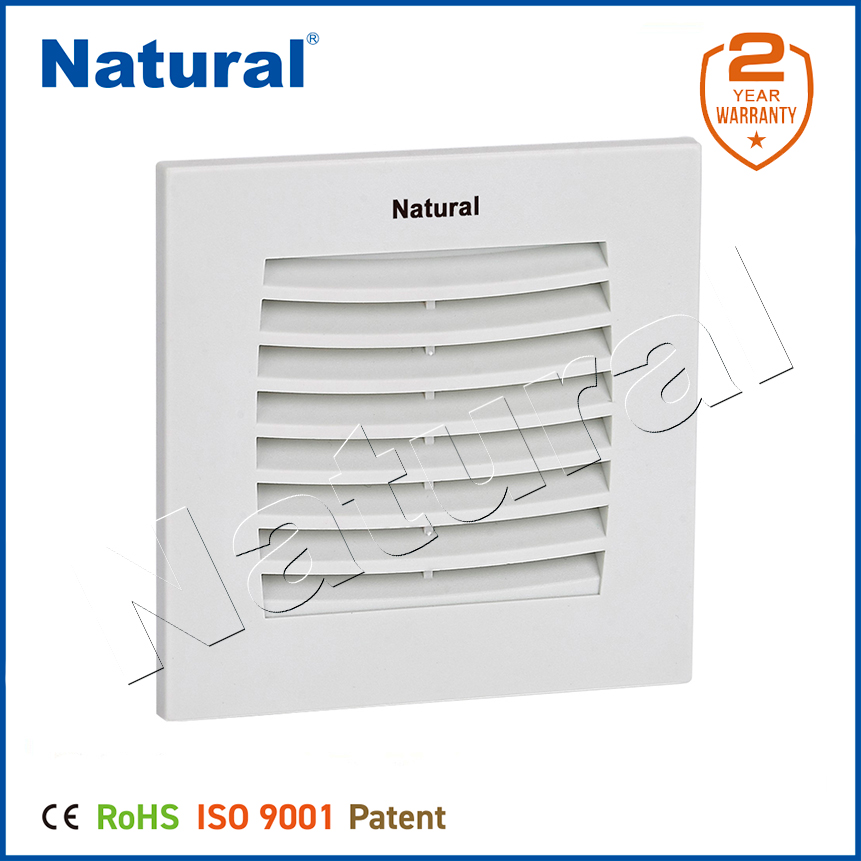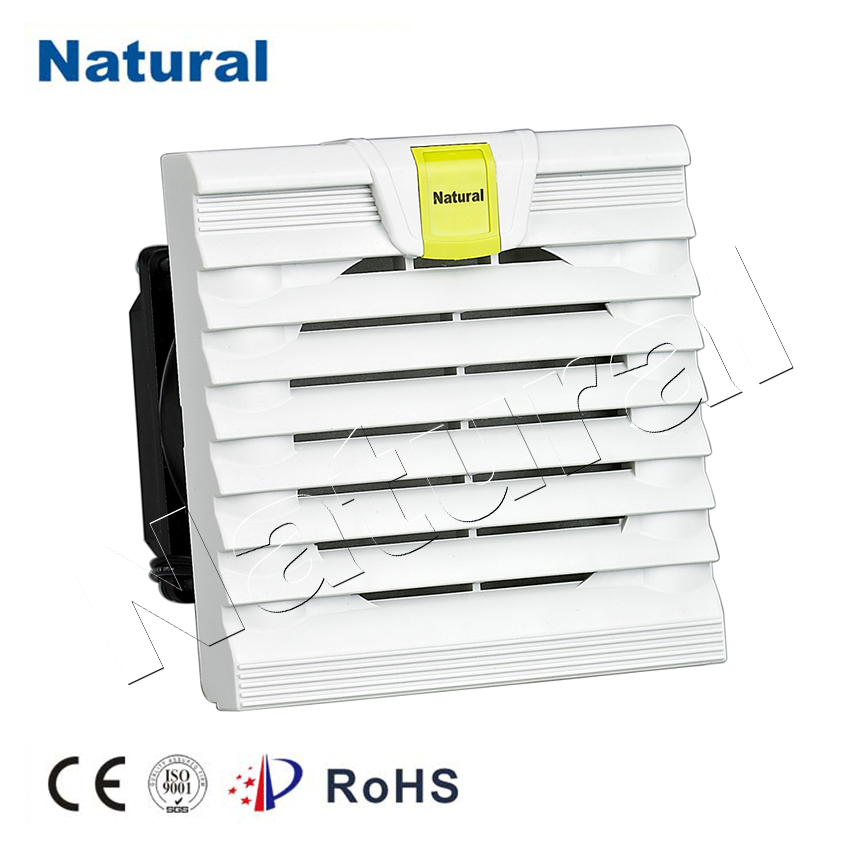In industries where explosive atmospheres are prevalent, safety is paramount. One of the most critical components in ensuring the safety and efficiency of fluid control systems is the Explosion-proof Electric Pinch Valve. Designed specifically for use in hazardous environments, this valve offers a solution to control the flow of liquids or gases while preventing dangerous explosions. In this article, we will explore the features, applications, and benefits of explosion-proof electric pinch valves, as well as why they are an essential tool for industries dealing with volatile substances.

What is an Explosion-proof Electric Pinch Valve? An Explosion-proof Electric Pinch Valve is a type of valve that uses a pinch mechanism to control the flow of materials through a pipeline. It consists of an inflatable or flexible elastomeric sleeve that pinches off the flow when an electric actuator is applied. The “explosion-proof” designation indicates that the valve is designed to function safely in environments where there is a risk of explosion, such as those containing flammable gases, vapors, or dust. The primary function of an explosion-proof electric pinch valve is to regulate the flow of liquids or

